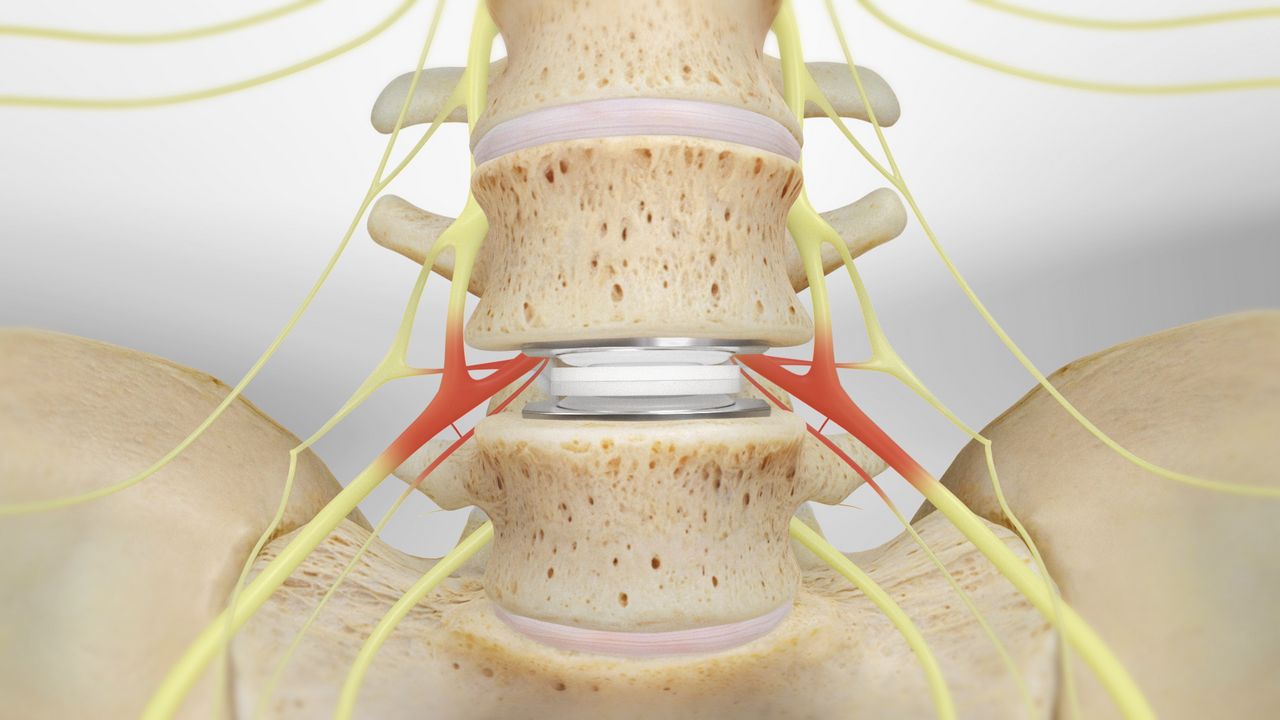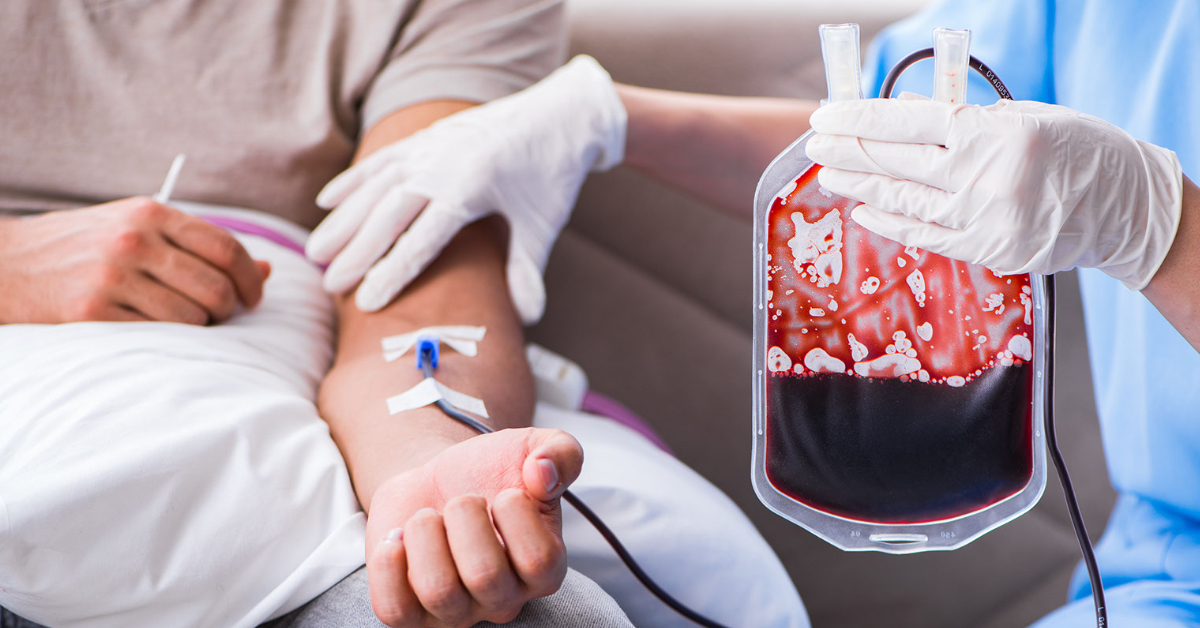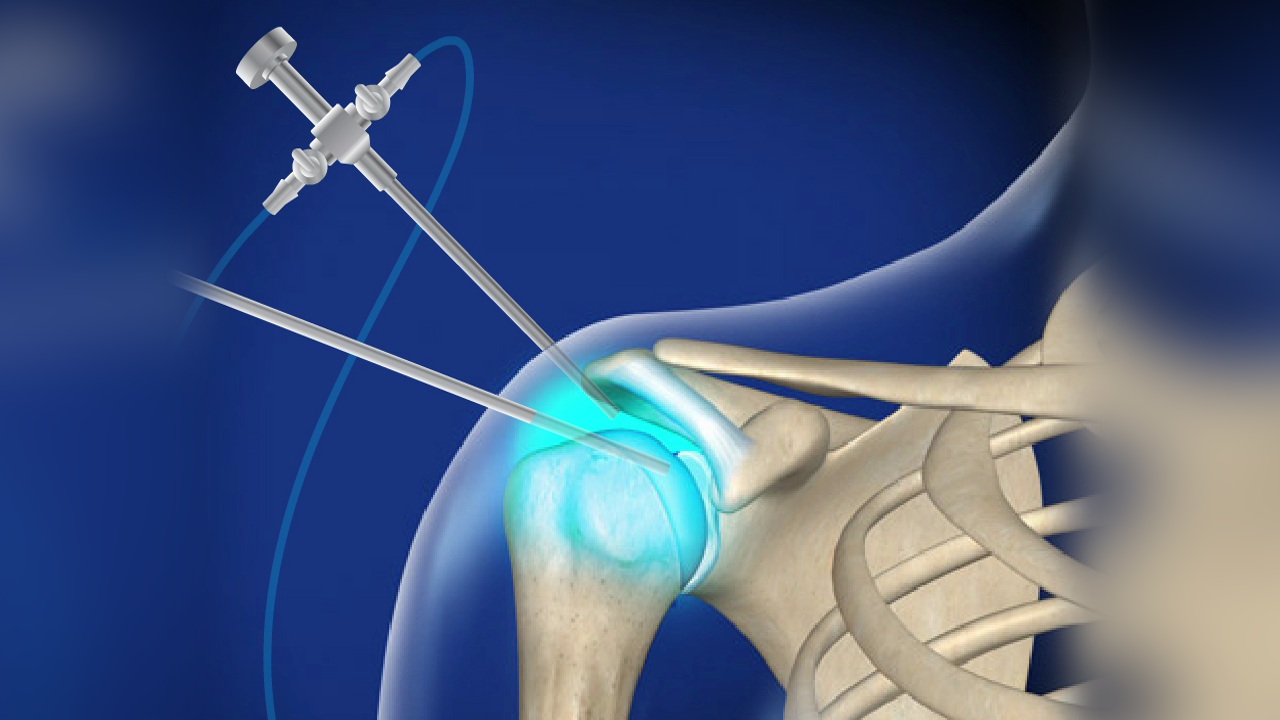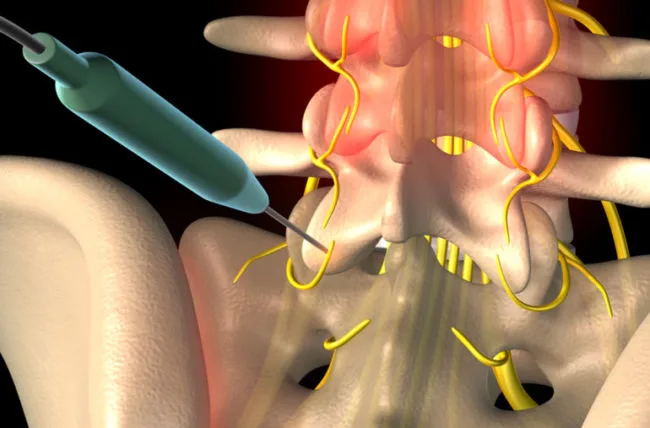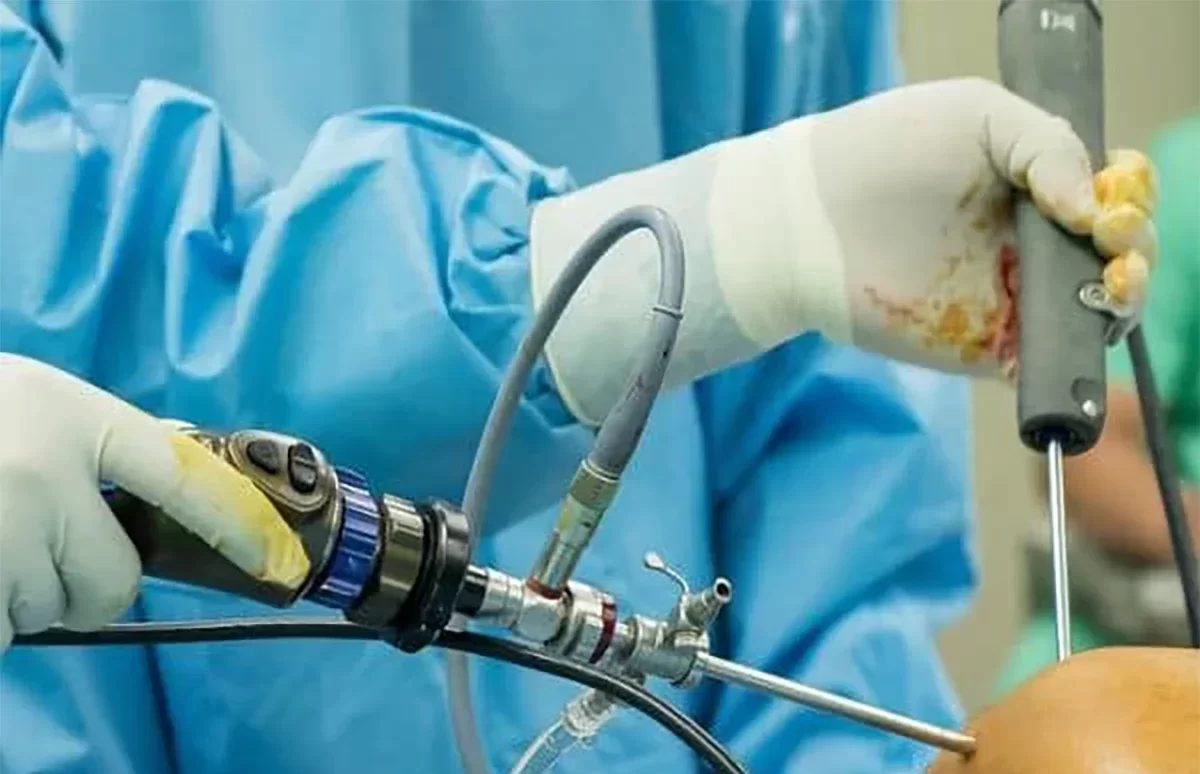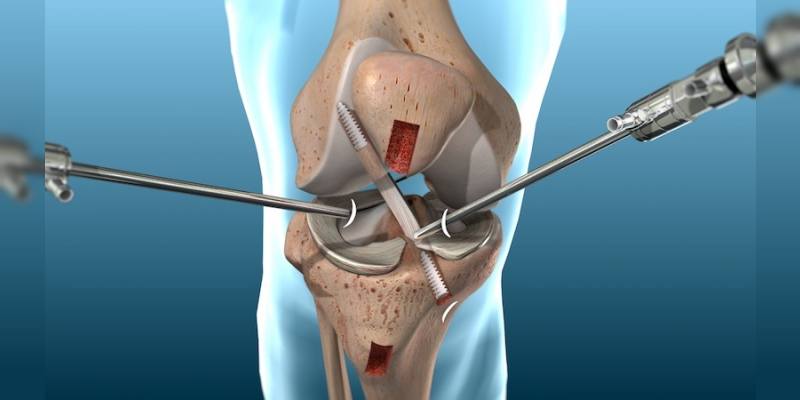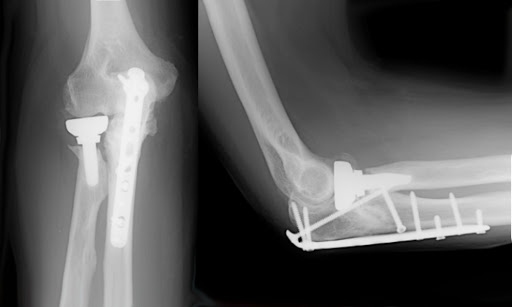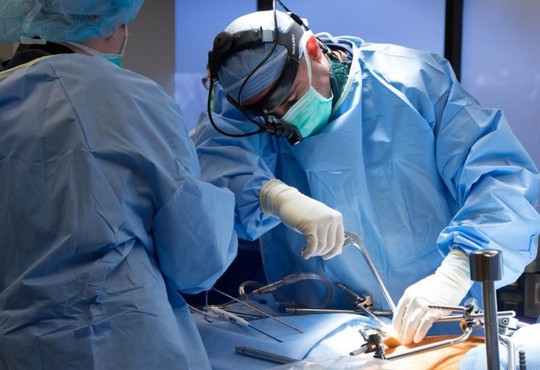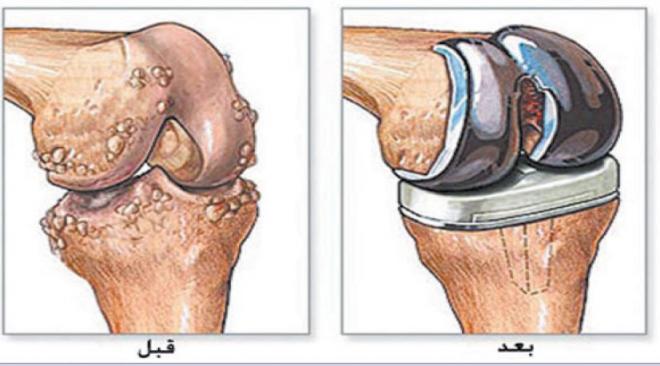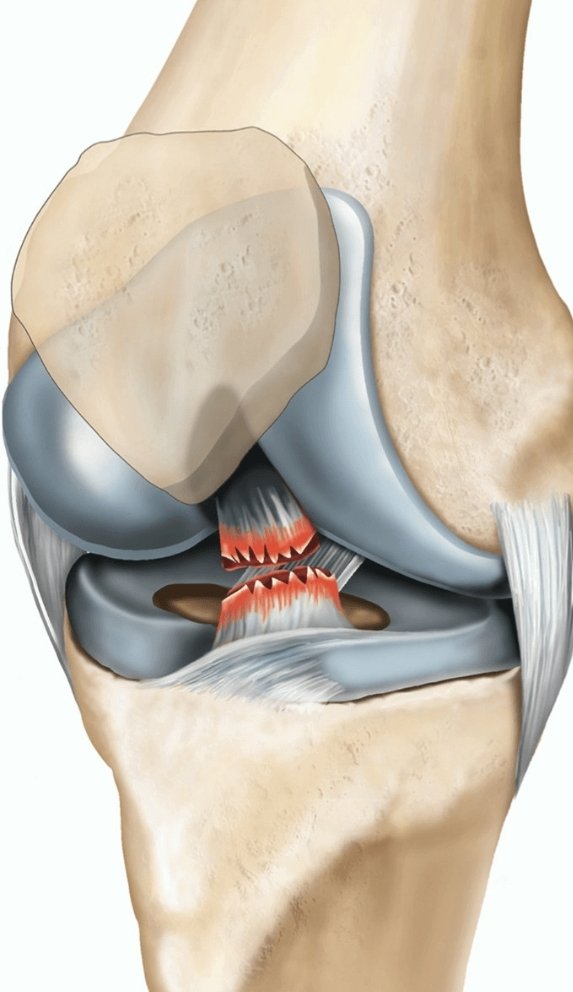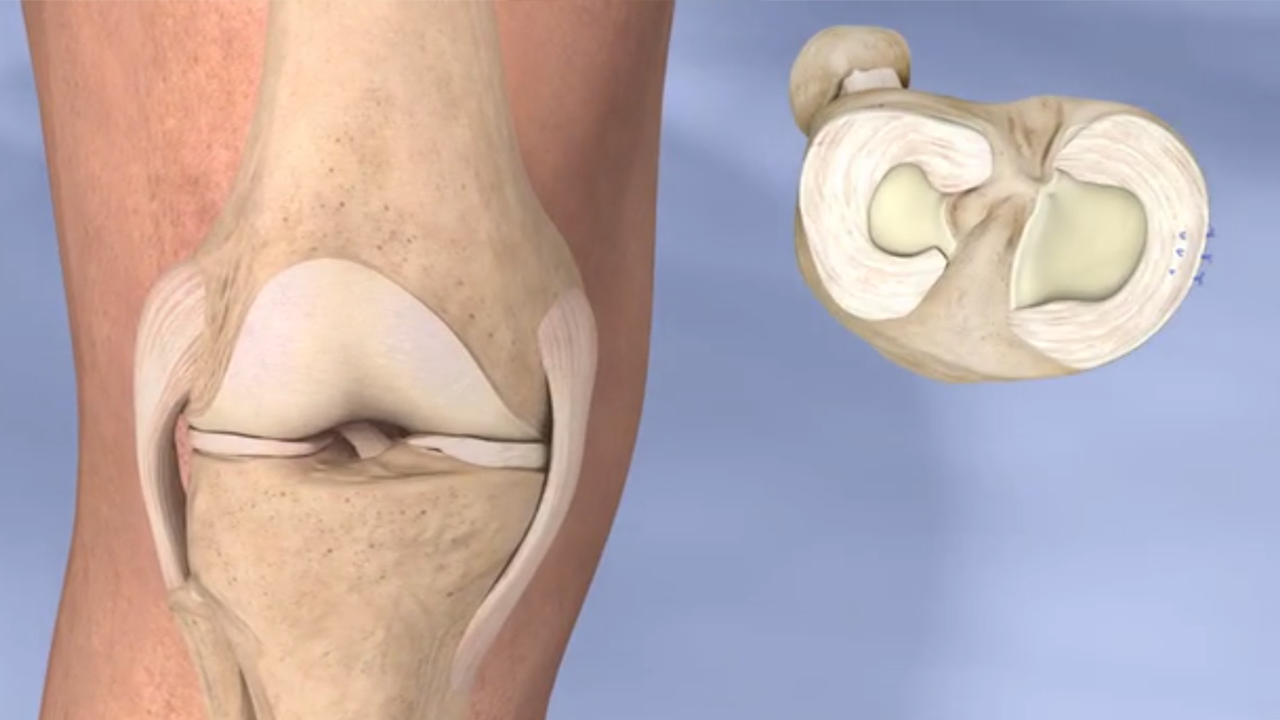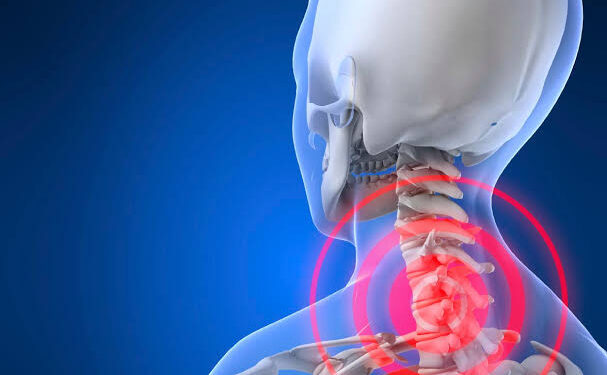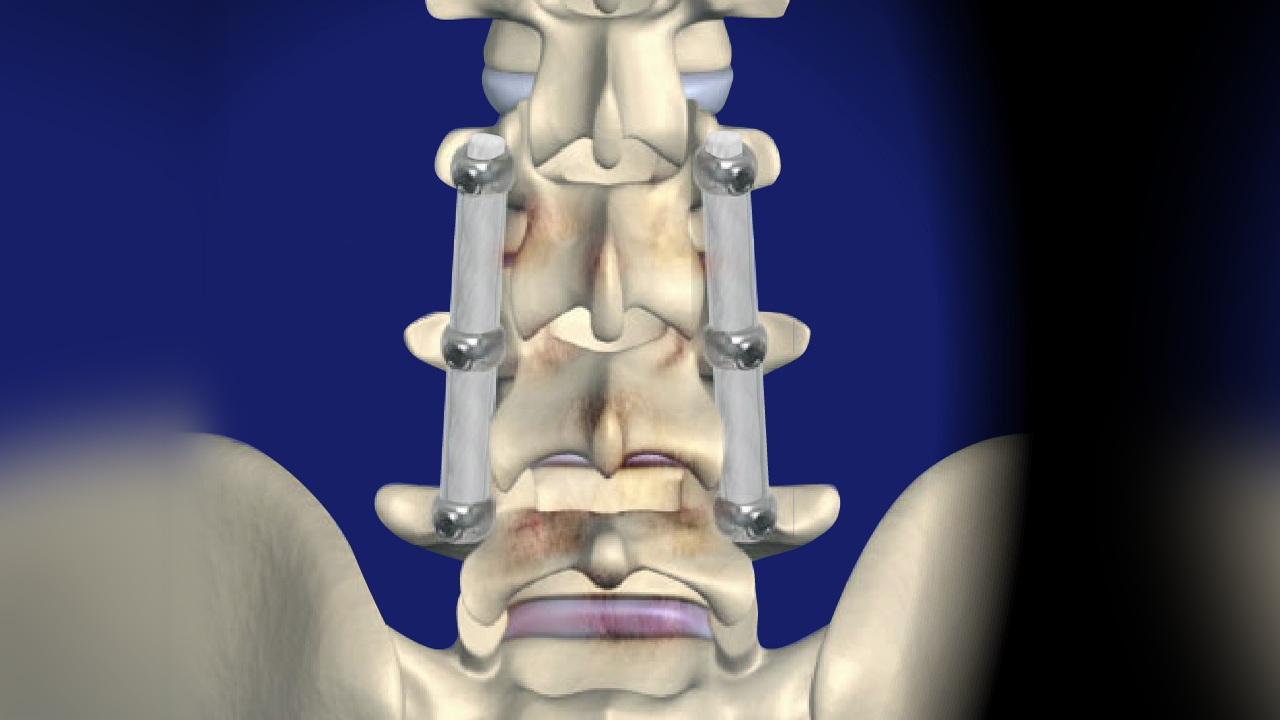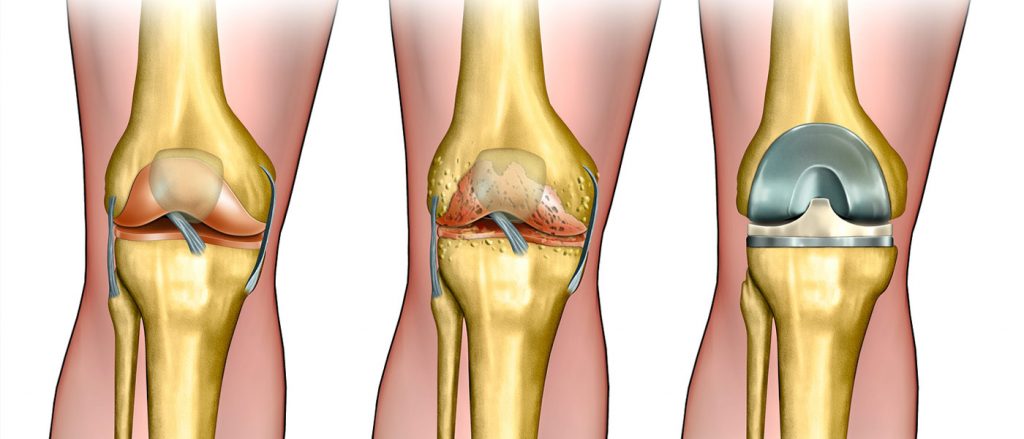Cartilage Operation
Cartilage Operation, is one of the major operations that can be undertaken by an injured person, and it has many aspects and information that must be reviewed before undergoing the surgery. This is what we will explain in detail in the following article, in terms of defining cartilage, the cases that require undergoing surgery, in addition to the advice to be followed after the operation, and the problems that result from it.
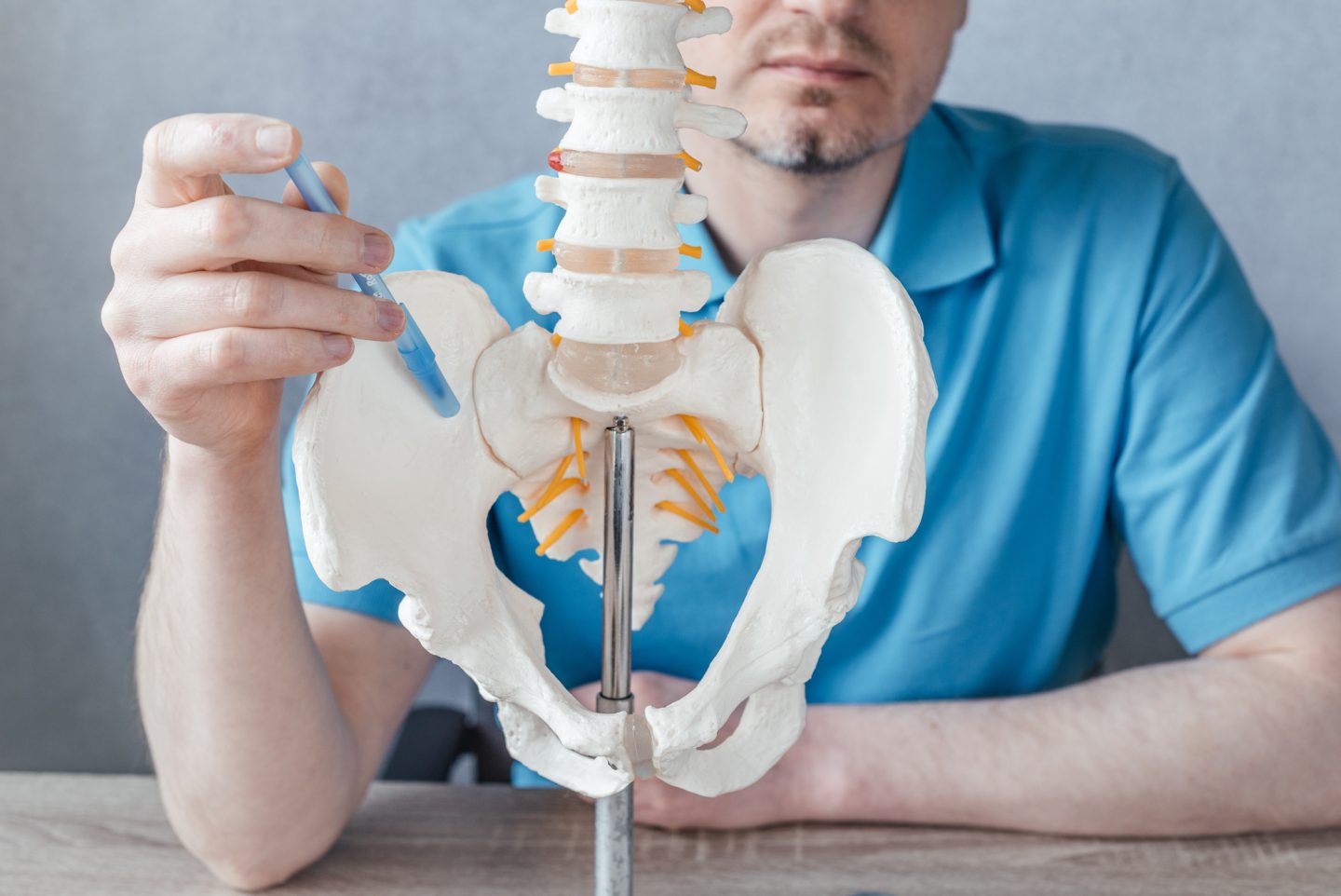
Cartilage Operation
“Enjoy comfort and confidence in a pain-free life with the cartilage operation by Dr. Amr Amal, under the supervision of a specialized medical team.”
Cartilage slippage occurs for many reasons that lead to friction between the bones and pressure on the spinal cord nerves. This results from sitting for long periods, suffering from severe obesity, and some aging diseases such as spondylitis. All of these can cause a person to suffer from slippage and movement of the cartilage from its original position, which necessitates undergoing surgical intervention as one of the final solutions that the doctor resorts to in order to improve the condition. We will get to know it in some detail in the following paragraphs.
What is Cartilage?
Cartilage is one of the flexible connective tissues in the body that provides ease of joint movement, as it is one of the important components found in the body’s joints and in other parts of the body. It works to absorb shocks and reduces direct friction between the bones. Consequently, a person begins to feel comfortable when moving or using the joint.
Cartilage provides the necessary support for the parts in which it is located. It gradually forms in children during growth stages and develops as the bones grow in general in the body. Some cartilages are more prone to injury, such as knee cartilage and cartilage located between the back vertebrae, as these parts bear a large part of the body’s weight. If you want to learn more about the difference between disc herniation and cartilage, we advise you to read this article.
Cartilage Injuries
The body’s cartilage can be subject to injury, including wear and tear, tearing, and sometimes complete severing, resulting in the joint losing its ability to move normally. Consequently, the injured person begins to feel pain and stiffness in the joint. There are more than one way to treat cartilage injuries, depending on the type of injury that has occurred.
Causes of Cartilage Damage
More than one injury or disease can occur to the cartilage, especially knee cartilage and spinal vertebrae, due to the following reasons:
- Suffering from joint inflammation, whether rheumatoid, degenerative, or others.
- Exposure to direct injury to the cartilage as a result of an accident.
- Wear and tear of the cartilage due to aging and aging-related diseases.
- Subjecting the joint to severe stress, especially among athletes.
- Suffering from disc herniation or movement of the cartilage from its position, resulting from severe pressure on the vertebrae.
Is Cartilage a Serious Disease?
A cartilage injury with slippage can pose a risk to the affected person, especially if quick treatment is not administered. The slippage causes significant pressure on the spinal cord and the nerves near the vertebrae, resulting in numbness and tingling in the lower part, which may lead to paralysis in some cases. Therefore, it is beneficial for the patient to start a treatment program early.
Can Cartilage Be Cured?
There are several ways to treat a slipped disc, depending on the degree of injury and its impact on the vertebrae. It is crucial for the affected person to start the diagnostic and treatment journey early, as this helps in recovery in a shorter time without exposing the person to complications.
Cartilage can be healed through surgical or non-surgical treatment methods, which work to return the cartilage to its original position, thereby reducing the pressure on the nerve, improving the performance of the vertebrae, and restoring normal movement to the patient.
When Does a Cartilage Patient Need Surgical Intervention?
Dr. Amr Amal, a consultant in orthopedic surgery and joints at Ain Shams University, explained that the treating physician decides the need for surgical intervention after conducting a physical diagnosis, reviewing X-rays, and necessary examinations. These procedures reveal the condition of the bones, the impact on the nerve, and the extent of deviation and movement of the slipped cartilage between the vertebrae.
Surgical intervention is necessary in case of severe lower back pain affecting bending and general leg movement, due to inflammation of the nerve adjacent to the slipped cartilage resulting from pressure on it. Consequently, the patient begins to experience sharp pain that increases over time and may lead to numbness and tingling. The treating physician decides to proceed with surgery as the best solution in this case to prevent increased pressure on the nerve, which could lead to additional health problems resulting from the slippage.
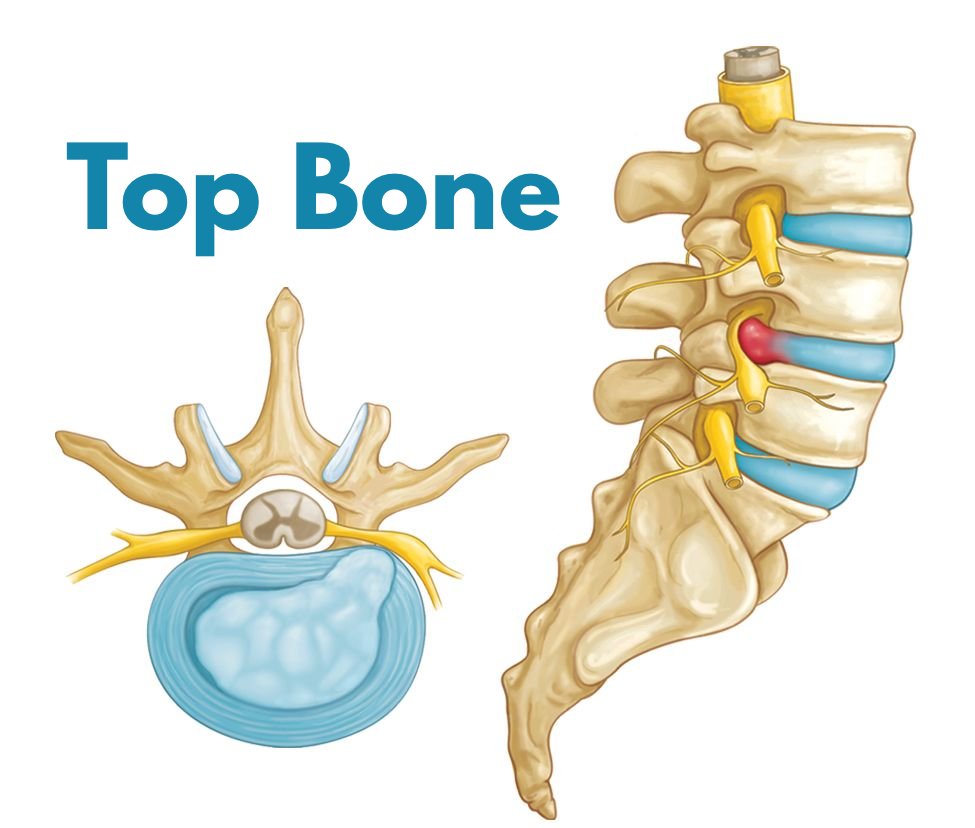
Procedures Before Undergoing a Slipped Disc Surgery
The patient undergoes some tests preceding the surgical procedure, which include:
- Stopping smoking or drinking alcohol at least a month before the operation.
- Performing an MRI to clearly understand the condition of the cartilage.
- Identifying the medications the patient regularly takes to avoid any conflicts with the prescribed medications.
- Prescribing certain drugs, especially antibiotics, to help prevent infection after the surgery.
- Discussing and determining the appropriate type of anesthesia for the patient, which is usually general anesthesia.
- Conducting blood tests and measuring the patient’s vital activities, such as blood pressure and blood sugar levels.
It is also crucial for the patient to abstain from food in the six hours preceding the operation, and it is important to choose an experienced surgeon, as this is a significant factor in achieving a high success rate for the surgery.
Endoscopic Discectomy
The endoscope has become one of the most important tools in many surgical procedures due to the advantages it offers patients, including minimal intervention, no damage to tissues, quick recovery, lower risks, and protection against bacterial infection or bleeding at the site of injury. The endoscopic technique can be used to treat disc herniation in the back vertebrae, especially the fourth and fifth vertebrae.
Steps of the Endoscopic Discectomy Procedure
- The patient is usually fully anesthetized so they do not feel any pain during the procedure.
- Small holes are made in the affected part of the vertebrae to insert the endoscope and the surgical tools.
- The surgeon removes the protruding and damaged part of the disc that is pressing on the nerve and affecting movement.
- The wound is sterilized and closed with medical dressings.
- After the surgery, the patient is taken back to their room to recover and ensure their vital signs are stable.
- The patient may need to stay in the hospital for 48 to 72 hours after the surgery to ensure there are no complications and that the surgery was successful.
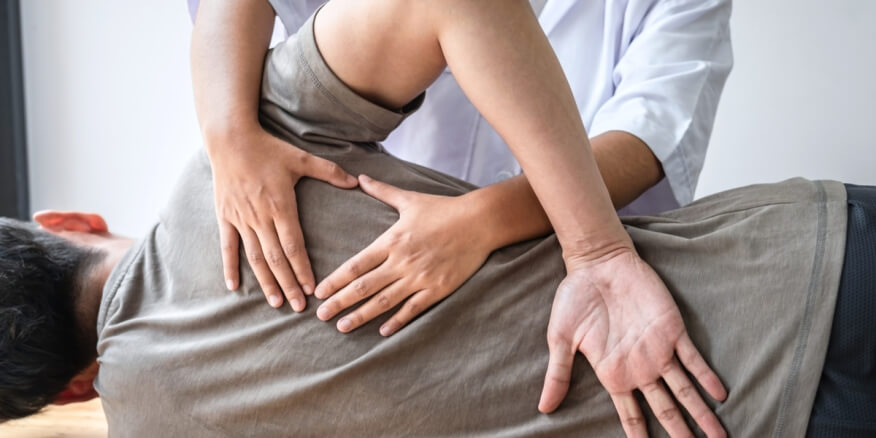
Duration of the Discectomy Procedure
The discectomy surgery can take between 45 to 60 minutes. After the procedure, the patient returns to their room and stays in the hospital for several days to ensure the vertebrae and the surgical wound are in good condition. Post-surgical instructions are explained to the patient before they are discharged from the hospital.
Post-Discectomy Tips
Dr. Amr Amal, a consultant of orthopedic and joint surgery at Ain Shams University, provides some tips and instructions for patients to follow after an endoscopic discectomy:
- Take the prescribed medications and pain relievers to alleviate back and leg pain, which will diminish over time.
- Start walking in the days following the surgery to restore muscle strength and reduce pressure on the vertebrae. Walking should be gradual and increase in time and intensity over the weeks following the surgery.
- Begin a rehabilitation program of physical therapy and exercises as advised by the treating doctor and medical team post-surgery.
- Take sufficient rest and avoid lifting heavy objects until fully recovered to prevent the surgery from failing.
- Avoid sitting for prolonged periods and bending backward to prevent back strain and disc herniation.
Patients should take enough time to rest to avoid complications, with a recommended rest period of 2 to 4 weeks before returning to normal activities. However, this depends on the patient’s health condition and the body’s response to recovery.
Physical Therapy After Discectomy
Physical therapy post-discectomy is a crucial and fundamental step for patients, as it helps the body regain activity, improves muscle condition, provides necessary strength, reduces pain and pressure on the vertebrae, and helps in weight reduction, which negatively affects the back vertebrae and the discs between them.
Engaging in medical exercises before the discectomy is also important. Some of the exercises that can be performed are:
- Compression exercise: This helps improve the patient’s condition and enhances their ability to regain physical fitness.
- Straight leg raise: This exercise provides greater support and strength to the back, enabling the patient to return to normal activities.
Cartilage Surgery Success Rate
“Regain stability and balance in your bones with innovative cartilage procedures provided by Dr. Amro Amal.”
The success rate of cartilage operations can reach up to 100% in many cases, and the patient starts to feel an improvement in the vertebrae afterwards, gradually returning to normal activity. It is essential for the patient to pay attention to medical procedures and follow the instructions provided by the treating doctor.
Recovery Period After Disc Surgery
Recovery after a disc herniation surgery may take some time before the patient starts feeling comfortable post-surgery. Typically, the recovery period ranges from 4 to 6 weeks, depending on the patient’s condition and ability to heal. Following this, the patient can resume work and normal life activities.
During the recovery period, the patient should avoid certain activities that could lead to a relapse, such as lifting heavy objects or bending the spine while moving. Additionally, prolonged sitting should be avoided. Physical therapy programs under the supervision of physiotherapy specialists can help rehabilitate the spine and restore normal movement in a short period. The patient should adhere to the appointments set by the doctor to avoid any potential complications.
Complications of Disc Herniation Surgery
Disc herniation surgery is generally considered safe, and serious complications are rare. However, like any other surgical procedure, it may be accompanied by the following:
- Bleeding.
- Infections, which may require antibiotic treatment.
- Nerve or spinal cord injury during the procedure, leading to damage.
- Damage to other intervertebral discs.
- Leakage of cerebrospinal fluid.
- Allergic reactions to anesthesia, such as breathing difficulties.
- Formation of scar tissue at the site of the surgery, potentially leading to nerve compression and recurrence of pain.
- Persistent pain, or the failure of the surgery to alleviate the pain, which occurs in 5% of patients.
Severe Pain After Cartilage Surgery
Patients may experience pain post-surgery, a common side effect that gradually decreases after the procedure. If the pain intensity increases over time despite adherence to physical therapy or medication, the patient should immediately consult the treating doctor as it may indicate surgical failure.
Muscle Strain After Cartilage Surgery
“We offer you a comprehensive solution for cartilage problems by Dr. Amro Amal and his specialized team in his clinics.”
Patients may experience muscle strain after undergoing disc herniation surgery, which is a common post-surgical medical condition. This often occurs due to muscle weakness and the need for strengthening. Therefore, patients should focus on physical therapy and exercises to enhance muscle strength.
Numbness After Cartilage Surgery
Generally, patients need several weeks post-surgery to improve and start relieving numbness and tingling resulting from nerve compression. However, if numbness in the foot and lower back persists after the surgery, it is crucial to consult the treating doctor for an examination to determine the underlying cause of the numbness.
Laser Cartilage Surgery in Egypt
Laser herniated disc surgery is one of the modern medical procedures that aims to improve the condition of a herniated disc patient without surgical intervention. This is because it relies on inserting a needle into the affected part and applying interventional radiation through it to treat the herniated disc without the need to make incisions or holes in the back.
Is Cartilage Surgery Difficult?
Is herniated disc surgery dangerous? This is one of the questions that many patients frequently ask. Herniated disc surgery is considered somewhat difficult because it requires high precision when being performed. However, recently, it has achieved a high success rate and modern tools have been used to perform it. Therefore, the patient feels recovery in a shorter time and thus feels more comfortable.

After Herniated Disc Surgery
The patient may experience some complications that occur in rare cases after undergoing herniated disc surgery. These risks may include bleeding in the affected part, exposure to inflammation and its complications, or nerve damage. Therefore, it is important to choose a treating physician with skills and experience in this type of surgery. The patient remains in the hospital until his health condition is stable, usually for one day, and the length of the hospital stay may vary, enabling the patient to leave on the same day. This depends on the patient’s health condition and the doctor’s recommendation.
Does Cartilage Surgery Cause Paralysis?
Paralysis occurs due to damage to one of the nerves, which happens if the patient does not undergo herniated disc surgery. However, such symptoms usually do not occur after cartilage surgery. However, numbness may persist with the patient for a period after the operation but disappears over time.
Best Doctor for Cartilage Surgery in Egypt
Dr. Amr Amal is considered one of the best doctors in Egypt who perform cartilage surgery. He enjoys a good reputation and extensive experience in this field. He is a specialist in orthopedic and joint surgery, with superior skills in performing surgical operations with high precision and professionalism.
Dr. Amr provides excellent care for his patients and pays great attention to conducting necessary examinations and diagnoses to determine the best solutions suitable for each case individually. He presents a polite and friendly style with patients, as he wishes them to have a complete understanding of the operation, the expected results, and the care they need after surgery.
Thanks to his deep knowledge of modern medical information technology, Dr. Amr relies on the latest methods and techniques to perform operations with high efficiency and total safety. He works with a qualified medical team that provides support and assistance in all medical and nursing aspects during the patient’s recovery period.
Undergoing cartilage surgery can be a complex matter and requires exceptional expertise and precision, which makes Dr. Amr Amal the ideal choice for patients seeking surgical treatment for cartilage in Egypt. Thanks to his dedication and high professionalism, Dr. Amr can give patients hope for a full recovery of their health and quality of life.



